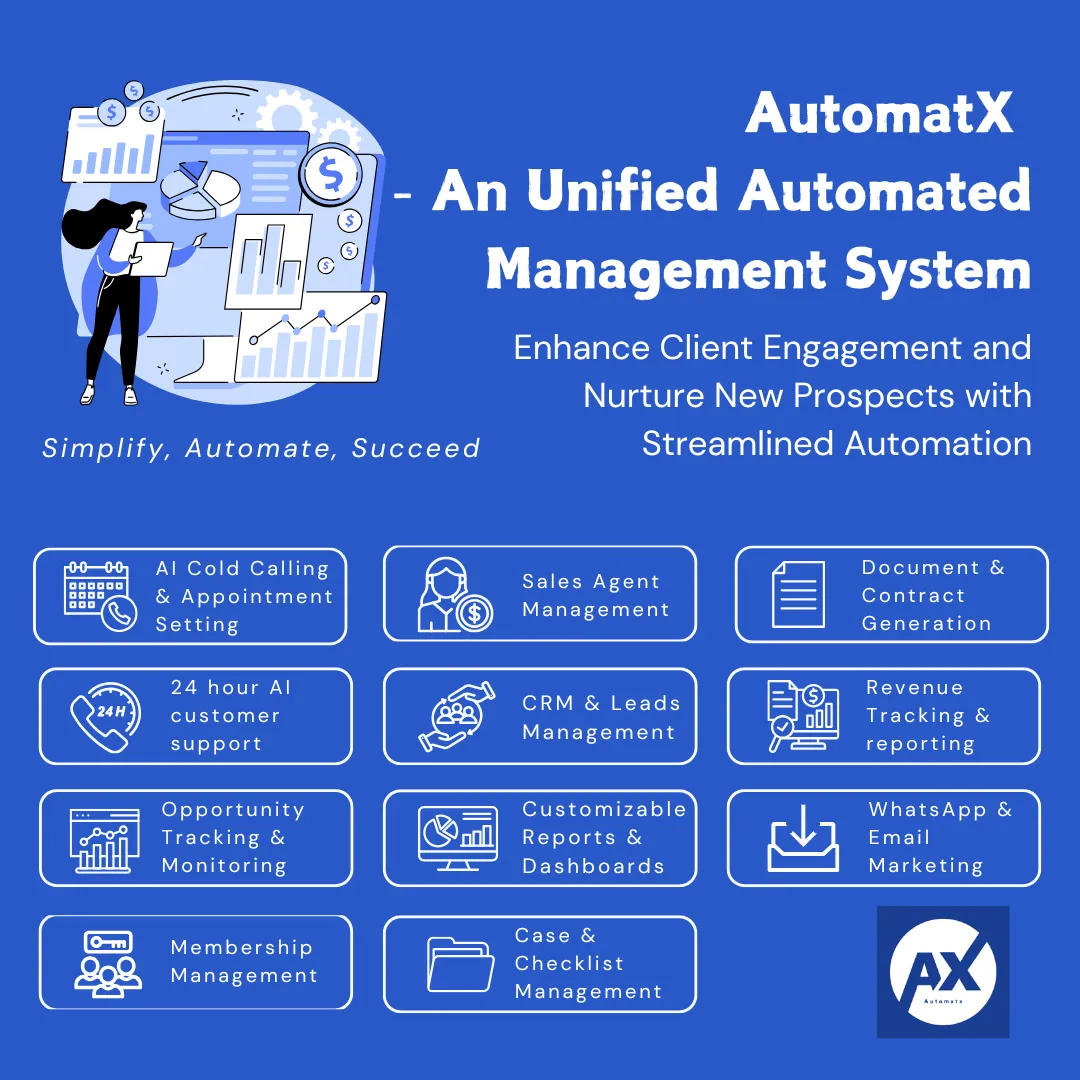
5 Must-Have Automations for Small Businesses
5 Must-Have Automations for Small Businesses
In today's fast-paced business environment, small business owners and solopreneurs face a constant challenge: how to accomplish more with limited resources. The strategic implementation of automation offers a powerful solution to this dilemma.
Automation is no longer exclusive to large corporations with dedicated IT departments. Modern tools have made automation increasingly accessible and essential for small businesses looking to scale efficiently while maintaining quality and personal touch.
Based on my experience helping small businesses transform their operations, here are five automation categories that consistently deliver the biggest impact while requiring minimal technical expertise to implement.
1. Customer Relationship Management Automation
The lifeblood of any small business is its customer relationships. Yet managing these relationships manually becomes increasingly challenging as your business grows.
Implementing CRM automation allows you to:
Track customer interactions automatically so nothing falls through the cracks
Segment your audience based on behavior, preferences, and purchase history
Schedule personalized follow-ups that maintain the human touch while eliminating the manual work
Get notified when customers take important actions that require your attention
Many small business owners spend 10-15 hours weekly just managing client communications. With effective CRM automation, this oversight time can typically be reduced by 70-80%, while potentially improving client satisfaction through more consistent follow-up and communication.
2. Lead Generation and Qualification Automation
Converting prospects into customers requires consistent nurturing, but manually qualifying each lead is time-consuming and often subjective.
Effective lead automation can:
Capture leads across multiple channels (website, social media, referrals) in one centralized system
Score and qualify leads based on engagement and behavior
Nurture leads with targeted content that moves them through your sales funnel
Alert your team when a lead becomes sales-ready
Small businesses implementing lead qualification automation often increase their ability to identify high-value prospects by 50-70%, allowing them to focus their limited time on the most promising opportunities rather than spreading their attention too thin.
3. Appointment Scheduling and Reminder Automation
The back-and-forth of scheduling appointments is a surprising time sink for many small businesses. Automated scheduling systems eliminate this friction.
With scheduling automation, you can:
Allow clients to book appointments based on your real-time availability
Send automatic confirmation emails once appointments are scheduled
Deliver reminder notifications to reduce no-shows
Handle rescheduling and cancellations without direct involvement
Service-based businesses typically see a 25-40% decrease in no-shows after implementing automated reminder sequences, which can translate to thousands in recovered revenue that would have otherwise been lost. Beyond the financial benefit, this also creates a more professional client experience.
4. Financial and Accounting Automation
Perhaps the most critical area for automation is comprehensive financial management. Late invoices, manual payment processing, and disconnected accounting systems are all prime candidates for automation.
Robust financial automation solutions allow you to:
Generate and send invoices automatically when projects reach certain milestones
Create purchase orders based on inventory levels or project requirements
Connect directly with your accounting software for seamless data flow
Reconcile payments with outstanding invoices without manual matching
Track expenses by capturing receipts digitally and categorizing them
Generate financial reports automatically at scheduled intervals
Retail businesses that integrate their systems with accounting software can create workflows that automatically generate purchase orders when inventory reaches predetermined thresholds, then track those orders through receipt, payment, and reconciliation. This end-to-end automation typically reduces procurement cycles by 40-60% while minimizing costly data entry errors.
Service businesses implementing invoice automation that triggers based on project management milestones ensure they never miss billing opportunities while maintaining consistent cash flow. Many businesses see their days sales outstanding (DSO) decrease by 50-70% after implementation of automated invoicing and payment reminders.
5. Social Media and Content Distribution Automation
Maintaining a consistent social media presence is essential but can quickly become overwhelming. Content automation helps maintain consistency without constant attention.
Effective content automation enables you to:
Schedule posts in advance across multiple platforms
Recycle evergreen content strategically
Track engagement metrics to understand what resonates with your audience
Respond to critical interactions while filtering out noise
By leveraging tools like Make.com integrated with other systems, small business owners can prepare a month's worth of content in a single session, then let automation handle the distribution while they focus on other aspects of business growth.
The Compound Effect of Integrated Automation
While each of these automation categories delivers significant benefits individually, the true power comes from their integration. When your CRM automatically feeds your content distribution system with personalized messaging, your appointment scheduler triggers your invoicing system, and your accounting software automatically generates purchase orders, you create an ecosystem that multiplies efficiency exponentially.
The most successful small businesses aren't implementing these automation categories in silos – they're creating connected workflows where data flows seamlessly between systems, eliminating duplicate entry and creating truly hands-off processes.
Getting Started with Business Automation
The key to successful automation is starting small and scaling gradually. Begin by identifying your most time-consuming processes, then implement automation one workflow at a time. Here's a simple process to get started:
Document your current manual workflows
Identify bottlenecks and repetitive tasks
Prioritize based on potential time savings and impact
Select the right tools for your specific needs
Implement one automation at a time
Measure results and refine as needed
Remember that the goal isn't to remove the human element from your business, but rather to automate repetitive tasks so you can focus more time on the high-value activities that require your unique expertise and personal touch.
As an automation consultant specializing in small business systems, I've helped numerous businesses implement these exact automation categories through our customized platform. If you're interested in exploring how automation could transform your specific business processes, let's connect to discuss which processes in your business are the best candidates for automation and how we might approach implementing them.
This post is the first in a four-part series exploring automation strategies for small businesses. Stay tuned for the next article: "How to Identify Your Biggest Automation Opportunities."
